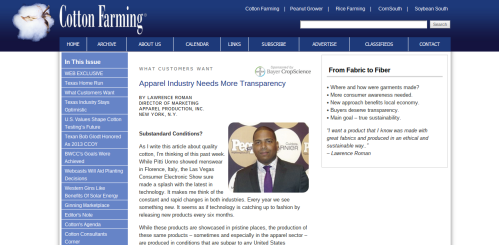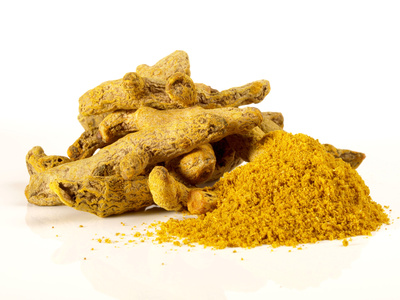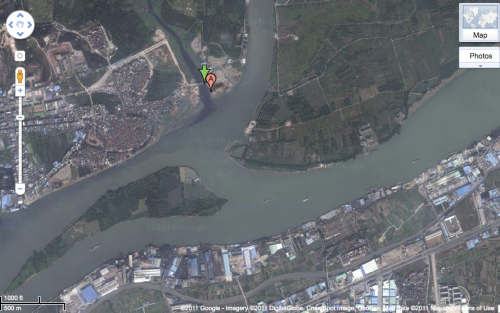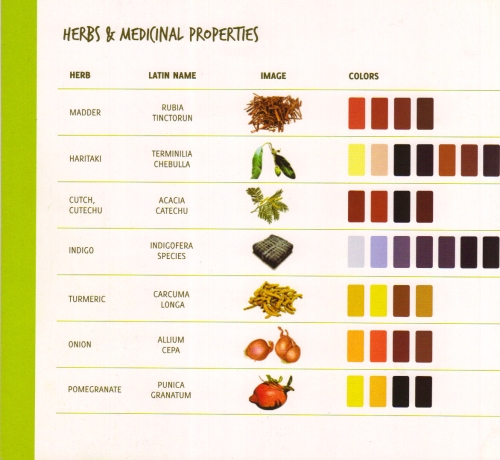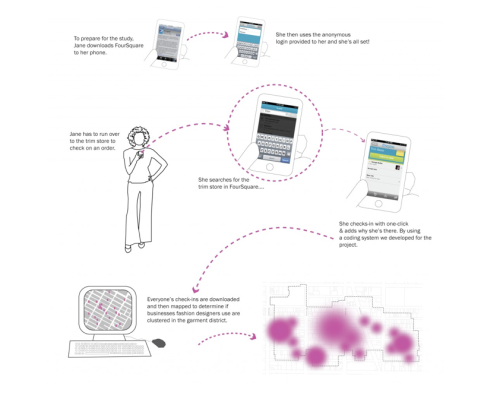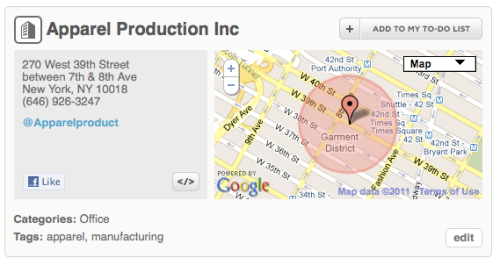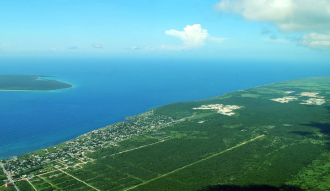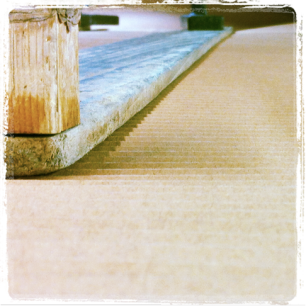It’s now official, with the newly formed Sustainable Apparel Coalition, The Apparel and footwear industries are gradually and collectively becoming more socially responsible.
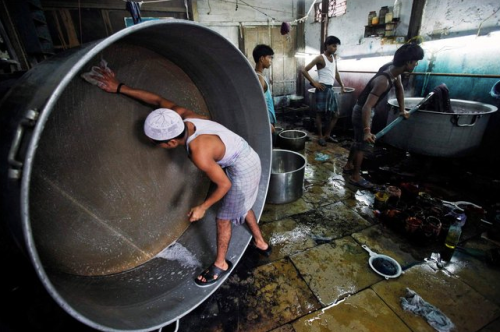
A fabric dyeing factory in Mumbai, India; as it appears in nytimes.com
A coalition has finally been formed. This news is greatly received considering one of the main objectives behind this blog is to educate the general consumers about topics of corporate social responsibility and sustainable design. In order to assist consumers make informed decisions at time of purchase, while supporting companies that are doing good not only for their shareholders but also taking under consideration the impact behind their actions.
Here is an insert from the Sustainable Apparel Coalition Press Release: “The largest and most influential corporations in apparel and footwear together with leading environmental and social organizations have voluntarily engaged in this collective effort because they recognize the opportunity to get in front of the growing need to measure and manage the environmental and social impacts of their products,” said Rick Ridgeway, Coalition Chair and Vice President of Environmental Programs, Patagonia. “More importantly, they recognize the threat to the planet and its inhabitants by continuing the model of ‘business as usual.’”
Many companies in the past and still to this date are caught in the greenwashing machine; basically using Green PR and green marketing to promote their business without actually having the correct policies in place. Hopefully now with the new coalition, which first main project is to develop an eco-index or as described in their site as a common, “industry-wide tool for measuring the environment and social performance of apparel products and the supply chain that produces them”; corporations that talk the talk will have to walk the walk or take the chance of being exposed for greenwashing.
The coalition’s vision as posted in their website is to have: “An apparel industry that produces no unnecessary environmental harm and has a positive impact on the people and communities associated with its activities.” Furthermore the coalition identifies the following as their challenges:
Water Use & Quality
Energy / Greenhouse Gas
Waste
Chemicals / Toxicity
Social / Labor
———-
Current Founding Circle Membership includes the following organizations:
Adidas, Arvind Mills, C&A, Duke University, Environmental Defense Fund, Esprit, Esquel, Gap Inc., H&M, HanesBrands, Intradeco, JC Penney, Kohl’s Department Stores, Lenzing, Levi Strauss & Co., LF USA, a division of Li & Fung Limited, Marks & Spencer, Mountain Equipment Co-op, New Balance, Nike, Nordstrom, Otto Group, Outdoor Industry Association, Patagonia, Pentland Brands, REI, TAL Apparel, Target, Timberland, U.S. Environmental Protection Agency, Verité, VF Corp, and Walmart.
Answers to frequently asked questions about the coalition can be found at the FAQ section of their site: http://www.apparelcoalition.org/faqs
Below are two other great articles on this topic:
Eco-index gains momentum as it appeared in just-style.com
Clothes Makers Join to Set ‘Green Score’ as it appeared in nytimes.com
Read Full Post »
